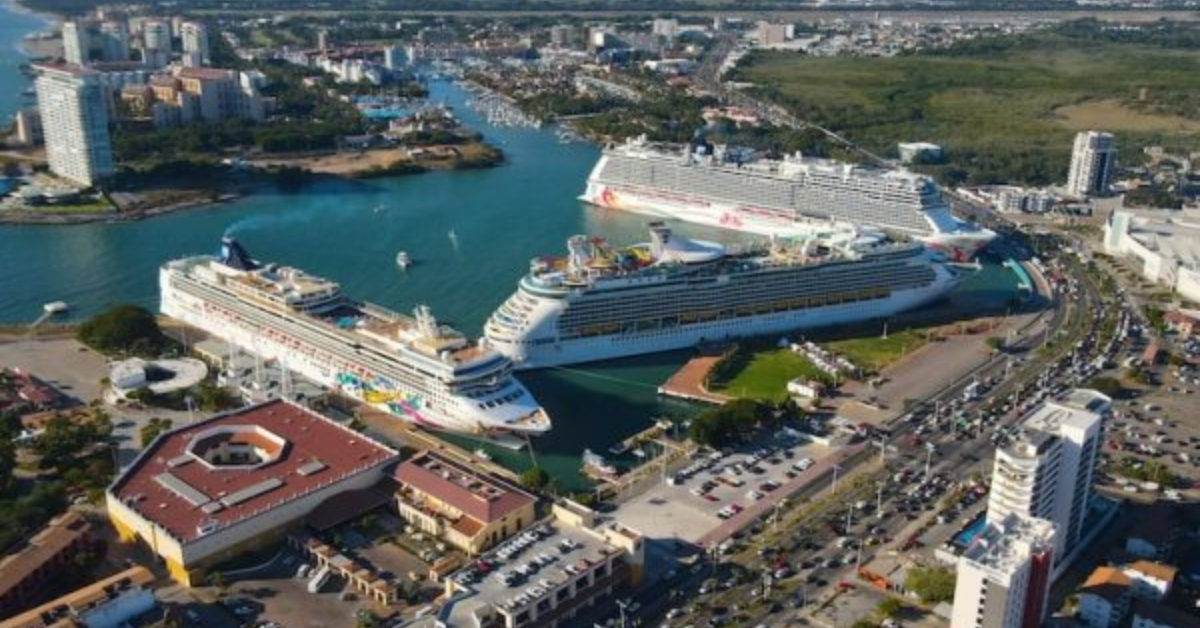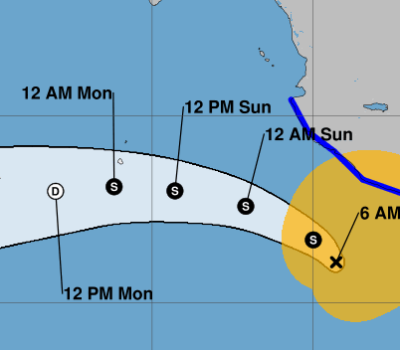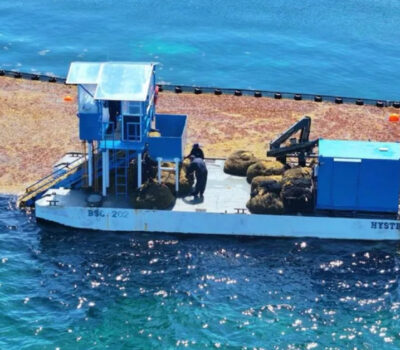Puerto Vallarta’s port prepares to expand its docks to accommodate larger cruise ships, with new infrastructure and tourism projects planned to boost economic growth.
Puerto Vallarta is gearing up for major upgrades at its maritime terminal, with the expansion of three docks aimed at keeping pace with the cruise industry’s growing shift toward larger vessels. According to the National Port System Administration (ASIPONA), the expansion is essential to ensure Puerto Vallarta remains a competitive cruise destination.
The proposed plan calls for the extension of dock one by 70 meters, dock two by 20 meters, and dock three by 7 meters. These changes would allow the port to accommodate ships up to 362 meters long—matching the size of the largest cruise ships currently in operation. At present, the terminal can only handle ships up to 334 meters in length.
Officials say that without the upgrade, the city risks losing out on future cruise traffic from the newer, longer mega-liners. However, the project hinges on fiscal funding, and no specific details on the investment amount or construction timeline have been announced.
“Larger cruise ships are already in service,” an ASIPONA spokesperson noted. “If we don’t prepare now, Puerto Vallarta will be unable to receive them in the near future.”
A Home Port Vision for Mexico
In addition to expanding physical infrastructure, ASIPONA is once again pushing to establish Puerto Vallarta as a home port for a national cruise route. The idea is to create a circuit exclusively visiting Mexican ports—an initiative that has previously failed to take off but is being revived with renewed ambition.
The agency sees a home-port model for medium-sized cruise ships as a long-term opportunity to stimulate the local economy and draw in a different segment of the cruise tourism market. No further details have been released regarding which ports might be included or which cruise lines might be involved in the revived effort.
Ferry Route to Islas Marías
ASIPONA is also exploring the viability of a new ferry service connecting Puerto Vallarta with the Islas Marías, a former penal colony recently reimagined as an eco-tourism destination. The agency says studies show strong commercial potential for the route, which would open a new avenue for both domestic and international tourism in the region.
The ferry service is expected to cater not only to tourists but also to locals, offering a new transport alternative and potentially boosting the economy of both ends of the route.
Private Investment Projects on the Horizon
Beyond infrastructure for large vessels, ASIPONA has attracted private interest for several tourism-focused developments. These include:
- Gastronomic Corridor and Beach Club: A 112,300 square meter zone dedicated to five regional Mexican restaurants and beachfront amenities, intended to promote culinary tourism.
- Botanical Garden and Spirits Pavilion: Featuring a museum and commercial spaces centered on Mexico’s agave culture and distillation processes.
- New Passenger Terminal: Planned near Marina Los Peines and Dársena Las Piedras, this terminal will support cruise and recreational tourism activities.
All of these projects aim to enrich the visitor experience while diversifying tourism offerings beyond traditional cruise excursions.
Existing Marina Infrastructure
Puerto Vallarta currently operates six marinas, four of which are used privately. These include Isla Iguana, Puerto Iguana, and Punta Iguana—all serving condominium residents. Marina Vallarta is operated under private license, while Dársena Las Piedras caters to fishing and nautical tourism businesses. The ASIPONA-managed Marina Muelle Los Peines remains focused on family-friendly recreational boating.
Collectively, these marinas offer 678 berths, accommodating a range of vessel types and supporting the city’s growing status as a maritime hub.
Revenue from Tourism-Adjacent Enterprises
In 2024, facilities and businesses located within or near port grounds—including Opequimar, Puerto Mágico, the Handicraft Market, and the Marina Vallarta Development—generated more than 25 million pesos in revenue for ASIPONA. These funds are reinvested into port operations and infrastructure, furthering Puerto Vallarta’s appeal as a tourism and cruise destination.
With a mix of public investment, private sector interest, and ambitious long-term planning, Puerto Vallarta is positioning itself not just as a stop on the cruise circuit but as a leading maritime gateway on Mexico’s Pacific coast. Whether these projects reach full realization depends largely on funding commitments and stakeholder collaboration, but the vision for the future is clear: a bigger, better, and more connected Puerto Vallarta.
Puerto Vallarta’s port prepares to expand its docks to accommodate larger cruise ships, with new infrastructure and tourism projects planned to . . .












